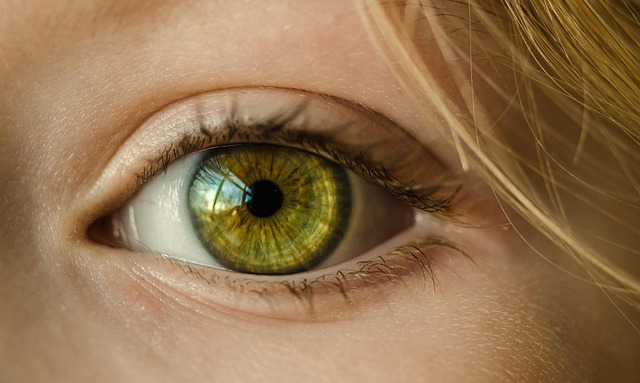When we walk into a modern art gallery, our eyes are immediately drawn to the play of light, shadow, and color that gives each canvas its life. Among these elements, tone – the relative lightness or darkness of a color – serves as the quiet conductor that shapes perception, emotional response, and the overall cohesion of a composition. In contemporary painting, where abstraction, minimalism, and conceptual approaches coexist with vibrant realism, the mastery of tone allows artists to guide viewers through visual narratives without overt statements. This article explores how tone functions as a foundational language in painting, how artists manipulate it to achieve depth, mood, and thematic resonance, and why understanding tone is essential for both creators and appreciators of modern art.
Defining Tone: Beyond Light and Shade
Traditionally, tone is understood as the degree to which a color is mixed with white, black, or gray, creating a spectrum from pure hue to muted grayness. However, in the context of contemporary design, tone takes on a more nuanced role. It becomes a tool for psychological impact, a bridge between color theory and visual storytelling, and a subtle means of controlling the balance within a painting. Tone can convey serenity, tension, or urgency without altering the primary hue, making it indispensable for artists who wish to layer meaning beneath the surface.
- Hue: The fundamental color (red, blue, green, etc.).
- Value: The lightness or darkness relative to a reference point.
- Contrast: The difference between tones that enhances visual interest.
The Psychology of Tone in Visual Experience
Human perception is finely attuned to changes in lightness. A deep, saturated tone can evoke feelings of gravity or melancholy, while a lighter tone often feels airy and hopeful. Artists leverage this psychological response to guide viewers’ emotional journey across the canvas. For instance, a gradual shift from cool, low-tone blues to warm, high-tone oranges can mirror the natural rhythm of day to night, creating a temporal narrative that engages the viewer without explicit imagery.
“Tone is the silent voice of a painting; it speaks to the heart before the eye can interpret the shape.” – Anonymous Art Critic
Practical Techniques for Manipulating Tone
While some may think tone manipulation is merely a matter of adding gray, the reality is more complex. Contemporary painters employ a range of methods to control tonal quality:
- Layering Thin Glazes: Transparent washes of color applied in successive layers gradually build depth, allowing underlying tones to influence the final value.
- Selective Masking: By applying masking fluid to preserve brighter tones, artists can maintain high contrast and create focal points that draw the eye.
- Use of Metallic Pigments: Metallics reflect light differently, creating dynamic shifts in tone when viewed from various angles.
- Digital Post-Processing: In hybrid works, artists adjust tone through software, fine-tuning the balance between saturation and value to achieve desired emotional effects.
Case Study: Tone in Minimalist Composition
Minimalist painters often rely on subtle tonal differences to convey meaning. A monochromatic canvas might use a range of gray tones to suggest time, space, and subtle shifts in consciousness. By varying the tone just enough to avoid flatness, these artists create a subtle dance of light that invites prolonged contemplation. The viewer’s eye naturally follows the tonal gradient, experiencing a quiet narrative that is both intimate and expansive.
Integrating Tone with Texture and Line
Tone does not exist in isolation; its relationship with texture and line profoundly shapes a painting’s overall impact. A rough, impasto surface with deep tonal valleys can amplify the sense of drama, while smooth, high-tone strokes may soften a composition. Lines that follow tonal changes can lead the eye through a logical path, establishing rhythm and reinforcing the narrative structure. By consciously aligning tone with these elements, artists achieve a harmonious balance that feels both intentional and organic.
The Role of Audience Perception
Audience interaction with tone is inherently subjective. Cultural context, personal experiences, and individual sensitivity to light and darkness all influence how tone is perceived. Contemporary artists often embrace this variability, allowing different viewers to extract unique emotions from the same tonal palette. This openness turns tone into a shared language, connecting diverse audiences through a common visual vocabulary that transcends explicit representation.
Conclusion: Tone as a Silent Language of Contemporary Painting
In the rapidly evolving landscape of contemporary art, where ideas are often conveyed through symbolism, form, and color, tone remains a silent yet powerful force. It bridges the gap between the technical aspects of painting and the emotional depth that viewers seek. Whether an artist employs subtle tonal shifts to hint at unseen narratives or uses bold contrasts to create visual impact, the thoughtful manipulation of tone elevates the work from mere representation to a living dialogue. Understanding tone, therefore, is essential not only for artists striving for mastery but also for anyone who wishes to experience the full spectrum of meaning that modern paintings offer.



